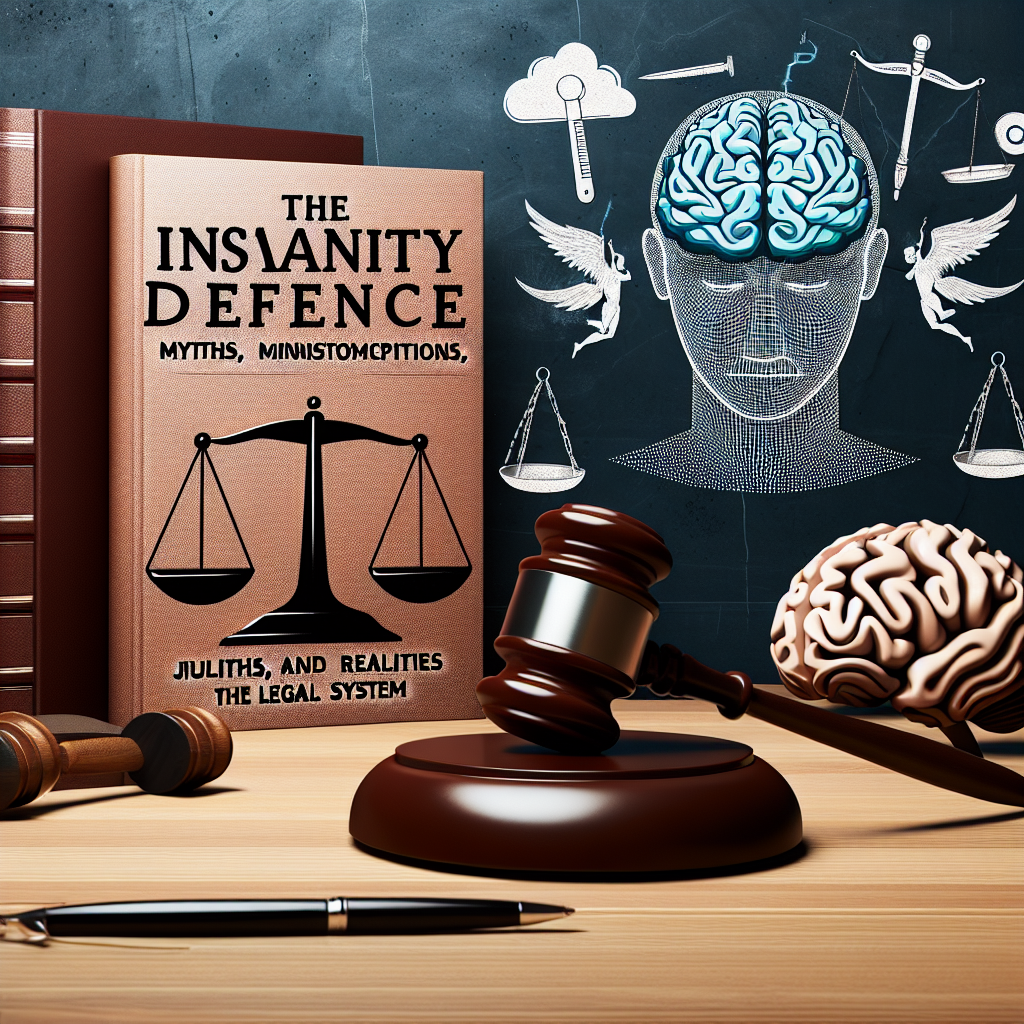
Introduction
Imagine this: A deeply troubled individual commits a crime, yet instead of the typical courtroom drama, a jury must decide whether the person’s mental state absolves them of responsibility. The insanity defense has long captivated the public’s imagination, often surrounded by a haze of myths and misconceptions. In a world where the intersection of law and psychology is frequently sensationalized, understanding the realities behind the insanity defense is not just relevant but essential.
While pop culture depicts the insanity defense as a way for criminals to escape justice, the truth is far more nuanced. In this article, we will peel back the layers of misunderstanding surrounding the insanity defense, exploring its historical context, legal standards, and real-world applications, illuminated by compelling case studies that underscore the complexities involved.
Understanding the Insanity Defense
What is the Insanity Defense?
At its core, the insanity defense serves as a legal strategy where defendants argue they were unable to understand the nature of their actions due to severe mental illness at the time of the offense. However, this does not equate to a blanket exemption from liability; instead, it calls into question their culpability based on mental health conditions.
Historical Background
The roots of the insanity defense can be traced back to the M’Naghten Rule of 1843, which set the foundation for understanding mental illness in legal contexts. Under this rule, a defendant may be excused from liability if they could not discern right from wrong due to a severe mental disease or defect.
Table 1: Evolution of the Insanity Defense
| Year | Key Developments |
|---|---|
| 1843 | Establishment of the M’Naghten Rule |
| 1954 | Introduction of the Durham Rule |
| 1983 | Insanity Defense Reform Act |
Legal Standards Today
In modern legal systems, various standards are employed. Some jurisdictions still adhere to the M’Naghten Rule, while others have adopted modified versions or entirely new criteria, such as the Model Penal Code standard.
Myths and Misconceptions
Myth 1: The Insanity Defense is Common
Contrary to popular belief, only about 1% of criminal cases utilize the insanity defense. Moreover, successful pleas occur even less frequently—approximately 25% of those who do raise it.
Myth 2: It’s an Easy Way Out
The insanity defense is rarely a quick route to freedom. Successful defendants are often committed to mental health facilities rather than being released. It requires extensive psychological evaluation and, often, lengthy legal battles.
Case Study: John Hinckley Jr.
The attempted assassination of President Ronald Reagan in 1981 brought the insanity defense into the public eye. Hinckley was found not guilty by reason of insanity, which caused outrage and led to significant reforms in how insanity pleas were handled.
Analysis
Hinckley’s case illustrates how the insanity defense can provoke intense public scrutiny and catalyst change in legal standards. It also underscores the fact that a plea of insanity does not guarantee freedom but rather a different kind of confinement—one aimed at treatment.
Myth 3: Mental Illness Equals Insanity
Not all mental health issues qualify under the insanity defense. Many defendants may suffer from mental illnesses but still understand the nature of their actions and differentiate right from wrong.
Myth 4: Jury Members Lack Understanding
Another misconception is that jurors are incapable of grasping psychological concepts related to the insanity defense. In reality, most juries receive detailed instructions and are supported by expert testimonies.
Myth 5: Insanity is a Permanent State
Mental illness is often viewed as a permanent condition, but many who qualify for an insanity plea may improve over time. Many jurisdictions permit evaluations to assess a defendant’s mental health status post-verdict.
Realities of the Insanity Defense
The Role of Mental Health Professionals
Mental health experts play a pivotal role in the legal process regarding the insanity defense. Their evaluations often form the crux of whether judges or juries believe a defendant meets the required criteria.
Legal Challenges and Reforms
The insanity defense is frequently subject to political and public pressure, leading to significant reforms. Legal frameworks can vary widely, resulting in disparate outcomes for similar cases based on geographic location.
Case Study: Andrea Yates
In 2001, Andrea Yates drowned her five children in Texas during a psychotic episode linked to her severe postpartum depression. Initially convicted, her verdict was later overturned, highlighting the inadequacy of the insanity defense under certain legal interpretations.
Analysis
Yates’ case showcases the profound implications of mental health in legal determinations. It emphasizes the urgent need for a better understanding of mental illnesses within the legal framework to ensure justice and appropriate care for individuals struggling with such conditions.
Public Perception vs. Reality
The interplay between media portrayals, public opinion, and actual legal outcomes related to the insanity defense is vast. Sensational news coverage often skews perceptions, leading to widespread misconceptions about the ease and impact of such defenses.
Enhancements in Legal Perspectives
Current Trends
Recent trends indicate growing recognition of mental health issues within the legal system. Initiatives such as mental health courts aim to provide treatment-oriented solutions instead of punitive measures for offenders with mental illnesses.
Future Developments
As our understanding of mental health evolves, the legal landscape surrounding the insanity defense may see significant changes. Ongoing research into mental health will likely continue challenging existing standards and enriching discussions surrounding culpability.
Conclusion
Understanding the insanity defense is crucial for grasping the broader conversation about mental health and justice. By debunking myths, acknowledging misconceptions, and exploring realities, we can foster a more nuanced view of those navigating the intersection of mental health and the legal system.
In a society where stigma often surrounds mental illness, this exploration underscores the importance of advocating for humane approaches to legal accountability. It’s not merely about legal definitions but also about the moral imperatives that govern our understanding of right and wrong.
FAQs
1. What is the most common misconception about the insanity defense?
Most people believe it is a common strategy used in trials, but only about 1% of cases actually employ it.
2. Can someone using the insanity defense be released immediately?
No, successful defendants are usually committed to treatment facilities rather than being set free.
3. Are all mental illnesses eligible for the insanity defense?
Not all mental health conditions qualify; it needs to significantly impair an individual’s understanding of right and wrong.
4. How do juries make decisions about the insanity defense?
Juries are given specific instructions and often rely on expert testimonies from mental health professionals.
5. Can the standards for the insanity defense change?
Yes, legal standards can evolve due to public opinion, reforms, and greater understanding of mental health implications.
By unraveling the complexities of the insanity defense, we can inspire deeper discussions around justice, accountability, and the human condition, ultimately fostering a more informed society.
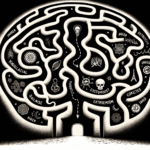




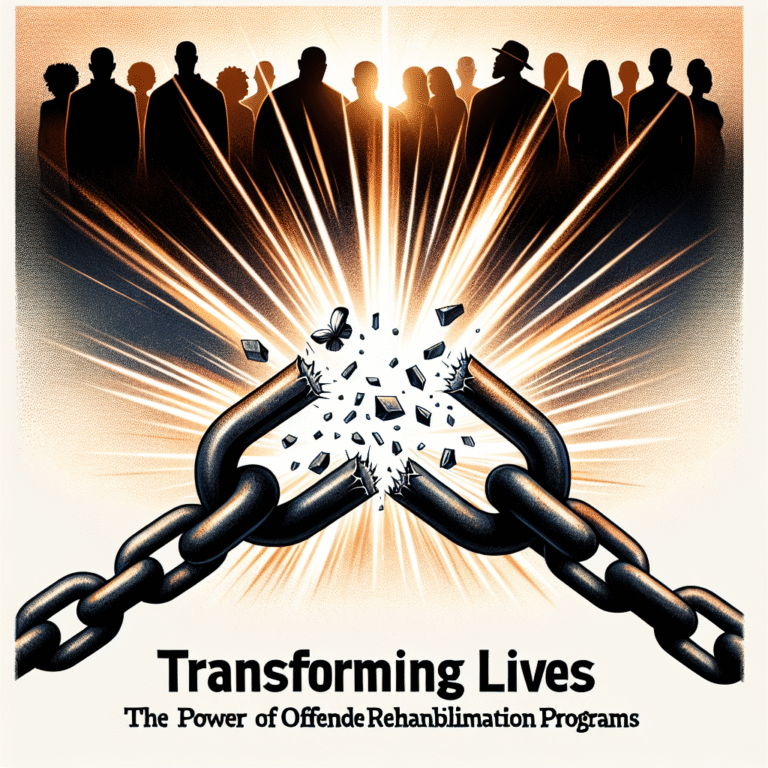

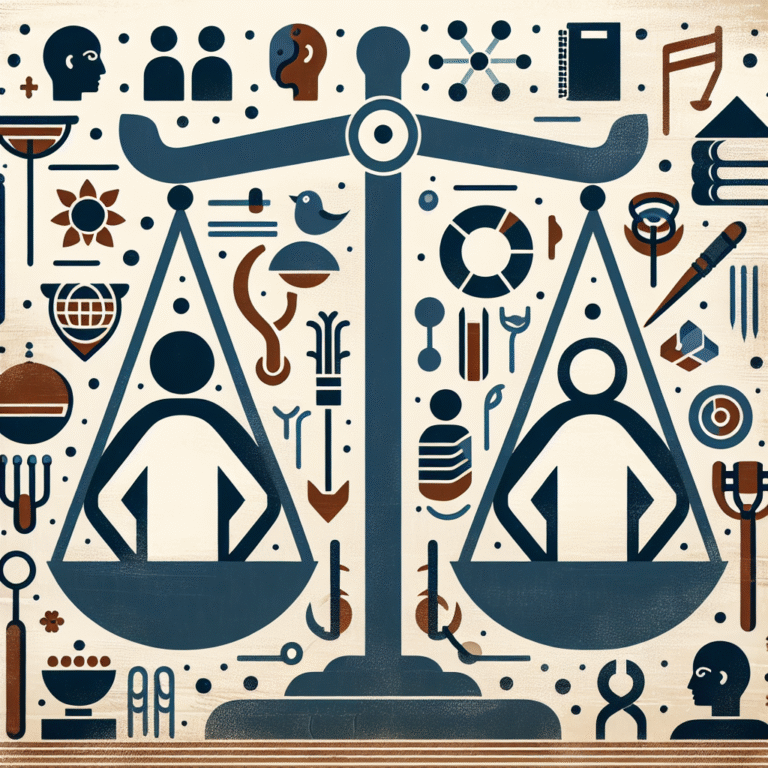
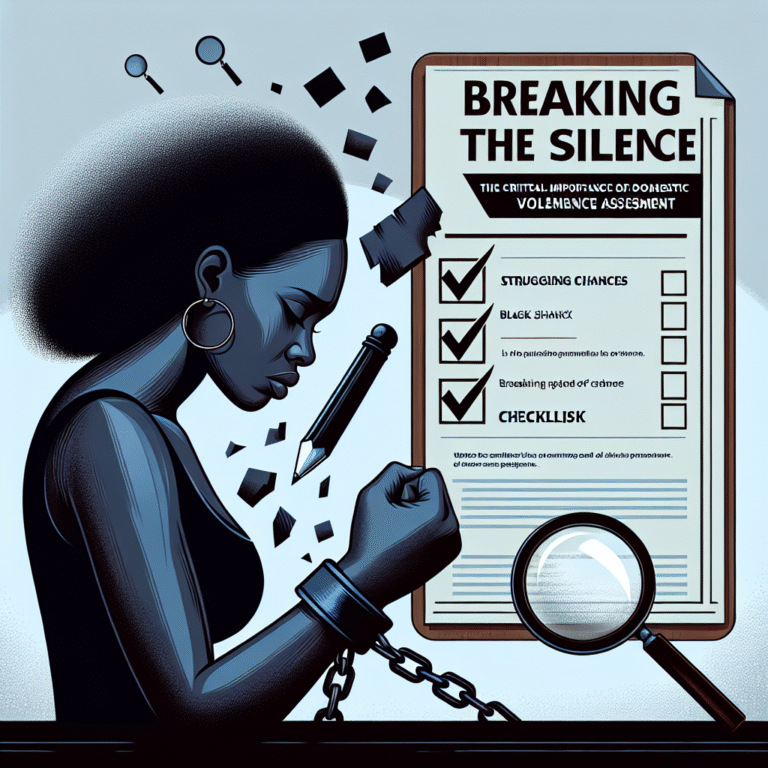









I just like the valuable information you provide in your articles. I’ll bookmark your weblog and take a look at once more here frequently. I am somewhat sure I will be told many new stuff proper here! Good luck for the next!